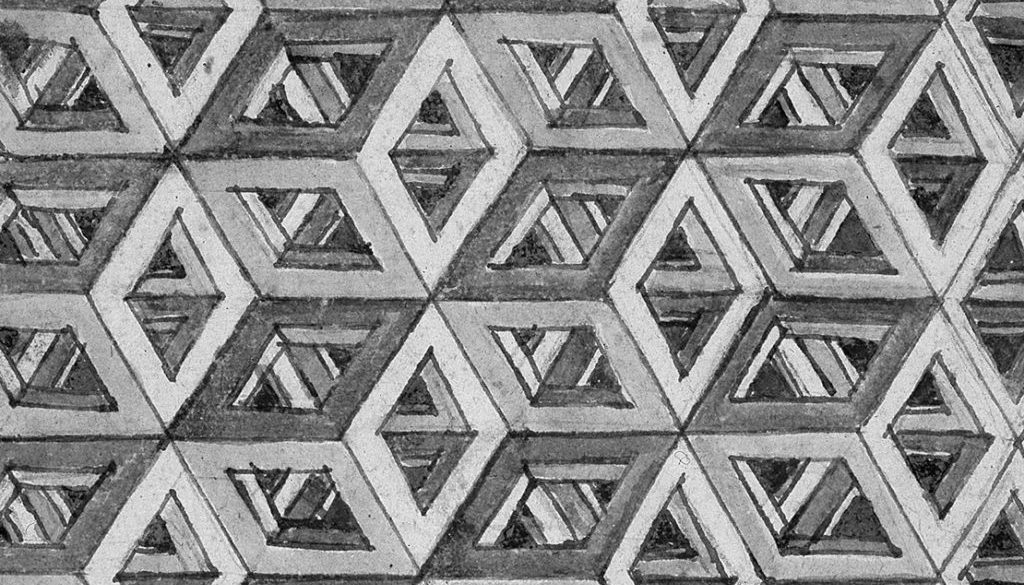New Yorker etc.

On Sat 1st Oct in New York for the New Yorker Festival – a panel of “sleuthing”, with Stacy Schiff (the very lively biographer), an impressive former CIA agent and a scary NYPD officer. The cop was the very image of Rooster Cogburn in the Cohen Brothers disappointingly formulaic remake of True Grit. So laid back as to be almost horizontal and a voice like gravel rolling slowly in a wooden box.
I’ve been on panels where it is obvious what the panellists have in common. And some panels have not worked. In this case, we were so alert to the obvious fact that it was not very evident why we were on the stage together, we worked hard to find surprisingly strong affinities of method – centred not least on the perpetual scrutiny of the status of sources and conscious scepticism. The session was set up and chaired by the journalist David Grann, who managed well to devise some shape for the event and to keep everyone in play.
Lots of nice ironies. David Grann’s long piece on the attribution of the Leonardo portrait on vellum had made severe allegations of malpractice against Paul Biro, who had written on the fragmentary fingerprint that Pascal Cotte had found on the vellum. Although Grann’s piece was fair on what Pascal and I had done, the allegations about Biro served to allow those hostile to the attribution to dismiss all our evidence. The fingerprint analysis comprised only a small and subsidiary part of our argument, but the press seized disproportionately on the cops-and-robbers dimension of the print – as the “killler” evidence. Biro is suing Grann and the New Yorker. Afterwards I met the lawyer who is representing Biro (though I have no direct engagement with the case). The same lawyer has also been leading the action taken Jeanne Marchig, the previous owner of the portrait, who has been suing Christie’s NY. Jeanne is altogether admirable – stoic, honest and charming. She has been selling works owned by her late husband to support her animal charities. The case has so far foundered on being out of time (the Statute of Limitations), but there are still possibilities apparently. It is clear that Christie’s were negligent in their handling of the work, which they said was German 19thC on no sound basis, but the case has been deemed to have been brought too long after the sale. The law, as usual, is more concerned own arcane technicalities than natural justice. The evening before I had dinner with the very well-informed and urbane lawyer who once represented the owner of the portrait. Who says academics live in ivory towers? All grist to the mill of Living with Leonardo when I get round to writing it.
The press and media coverage of our new research on the origins of the portrait has been extensive and generally favourable. But I have no responses from the scholars to whom I sent the full study before the press deadline.